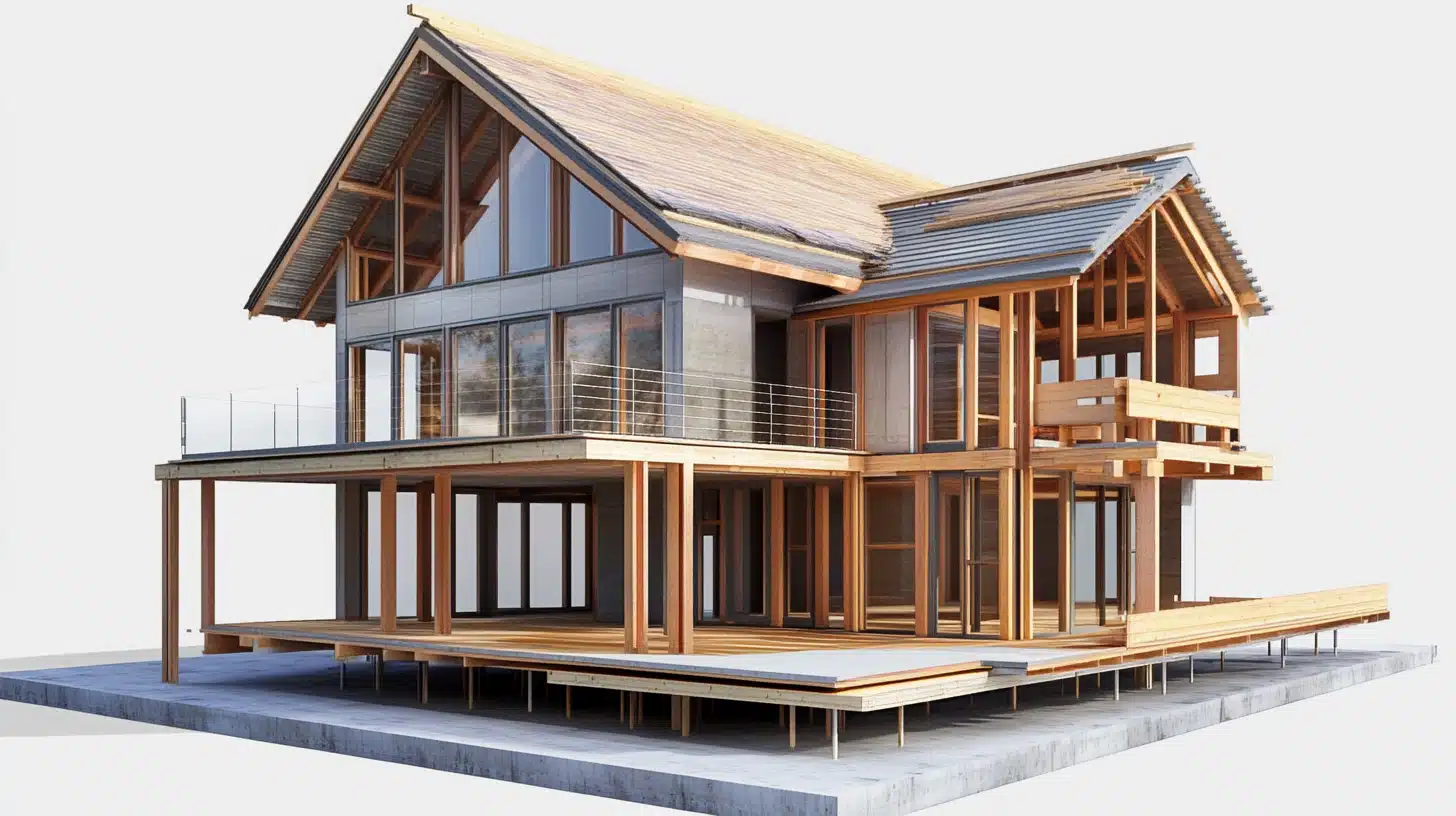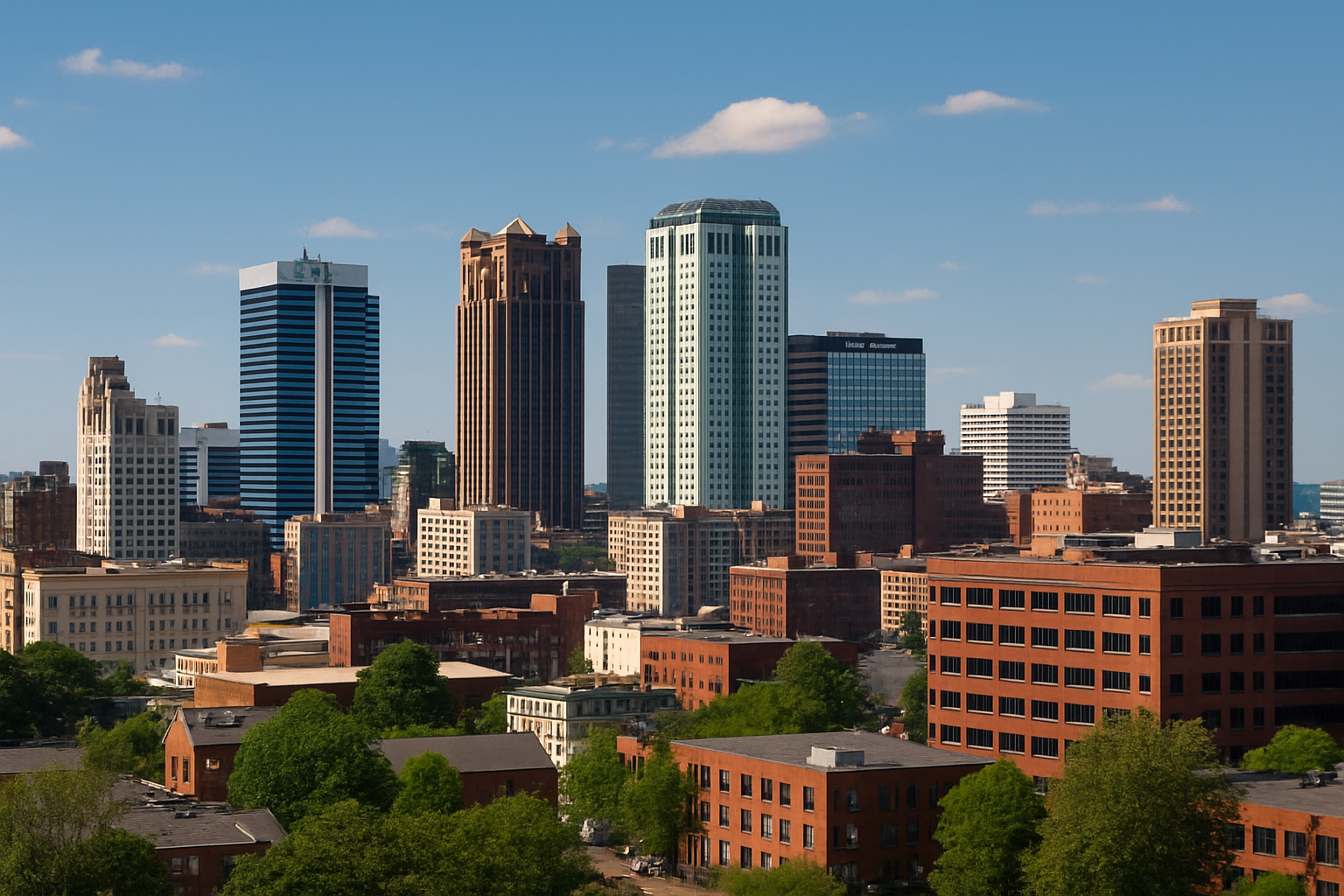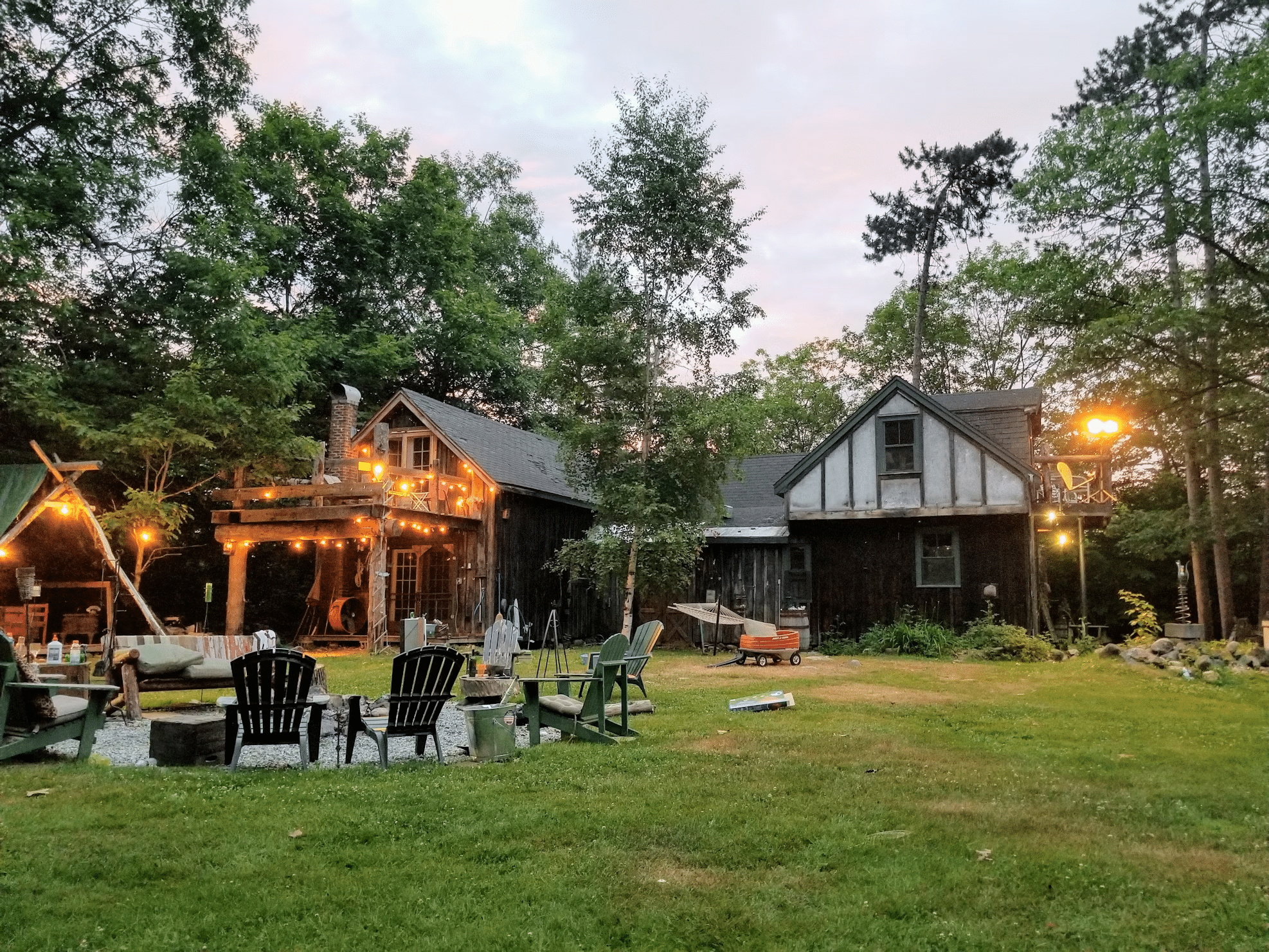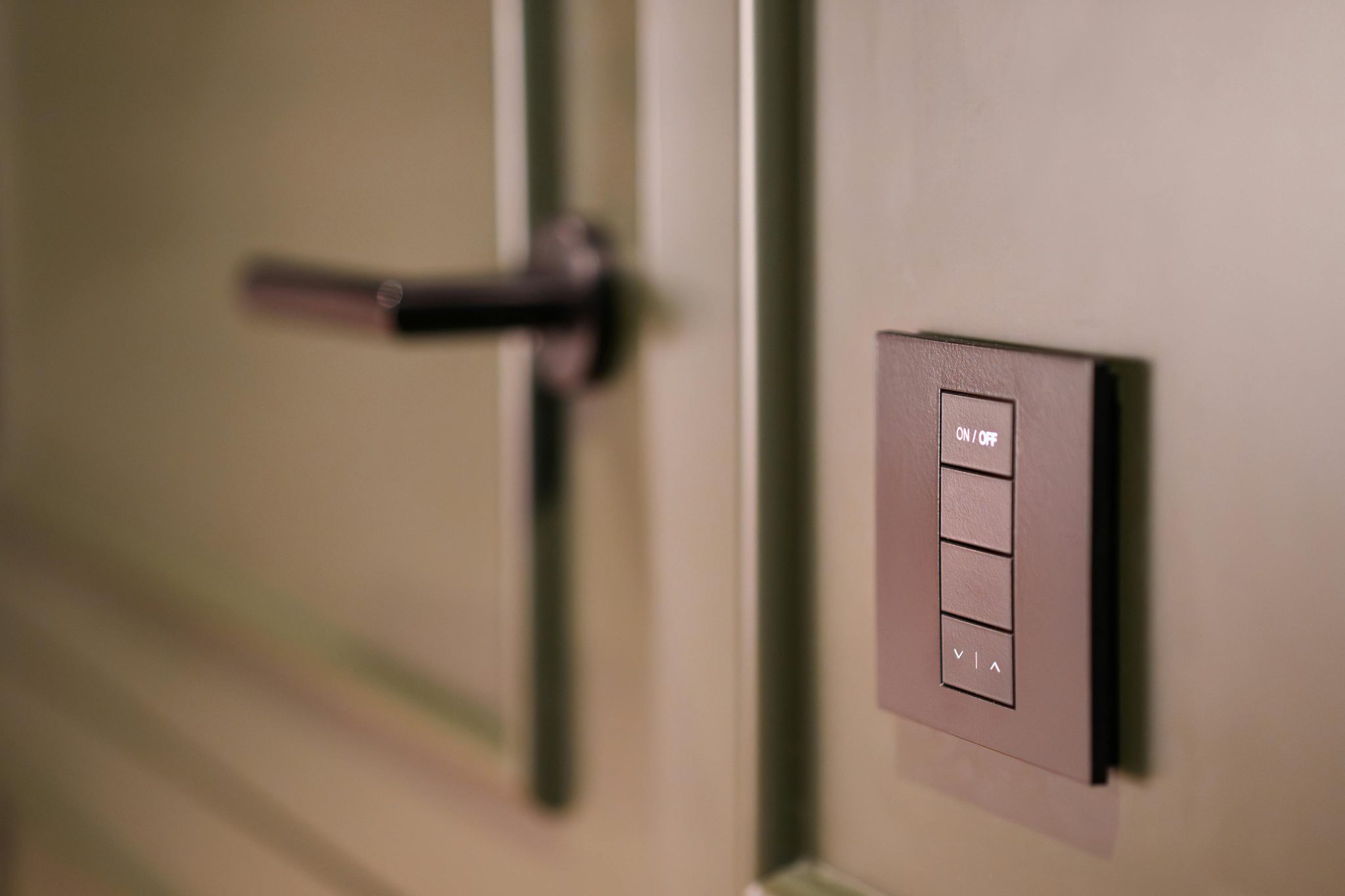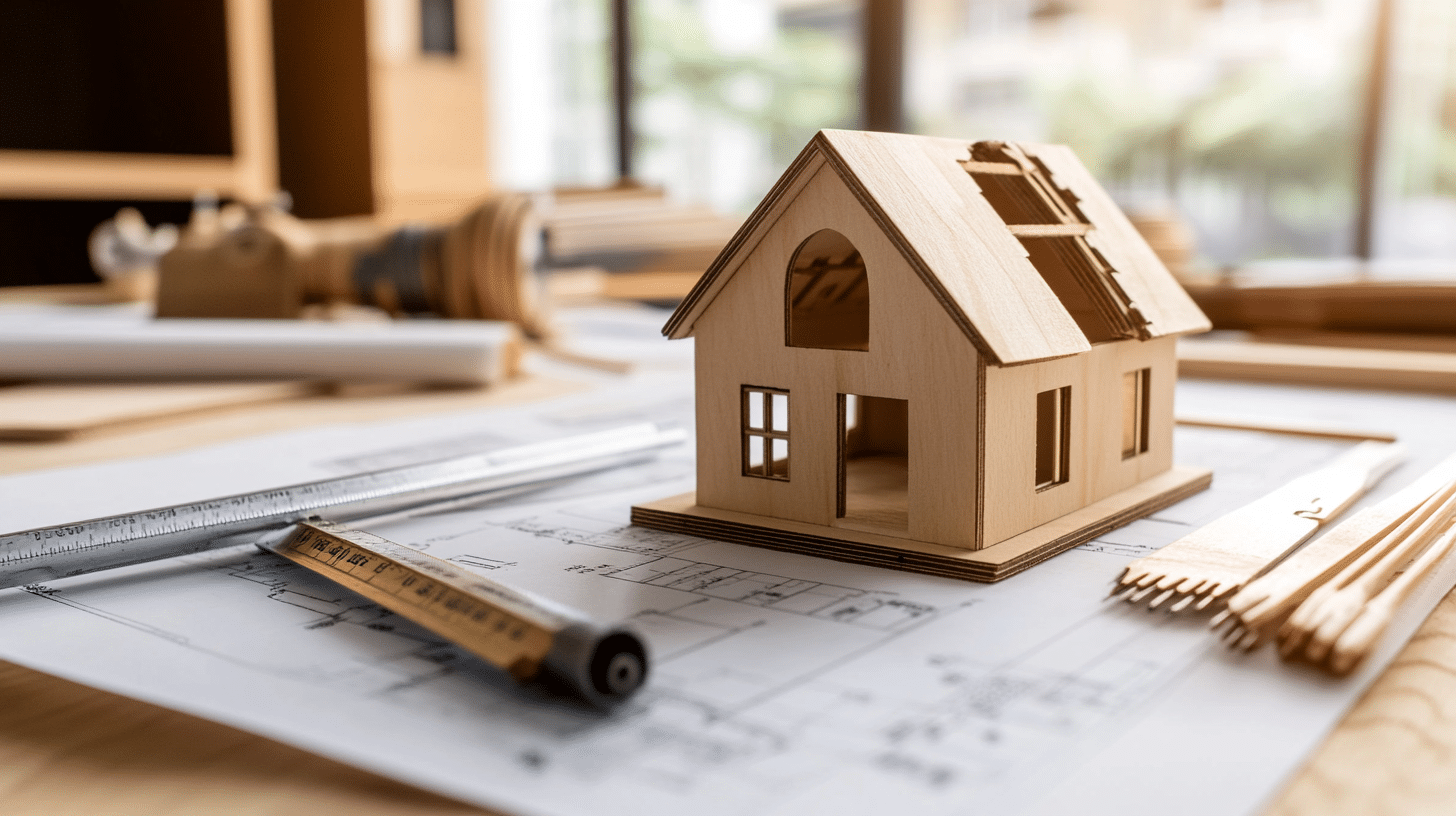Innovative Practices Shaping Sustainable Residential Construction Today
Sustainability in residential construction is no longer a niche concept—it’s becoming a defining feature of modern homes. As climate concerns intensify and homeowners demand eco-friendly options, builders are responding with inventive solutions that balance environmental responsibility with functionality and style.
This shift is transforming the way houses are designed, constructed, and lived in, setting new standards for the building industry.
Prioritising Sustainable Materialsbuilding estimating software
The materials used in a home’s construction are at the heart of its sustainability. Traditional building materials often carry a high environmental cost due to their extraction, production, and transport processes.
Modern builders are moving towards eco-friendly alternatives like recycled steel, reclaimed wood, and hempcrete. These materials not only have a lower carbon footprint but often contribute to a home’s durability and thermal performance.
Efficient planning is crucial when incorporating these materials, particularly in managing costs and logistics. Many contractors now rely on tools like building estimating software to accurately forecast expenses and ensure projects stay on budget while incorporating these greener materials.
Designing for Energy Efficiency
Energy efficiency is a hallmark of sustainable construction, with design features that reduce a home’s reliance on non-renewable energy sources.
Passive design strategies, such as optimal orientation, strategic window placement, and enhanced insulation, allow homes to maintain comfortable temperatures year-round with minimal energy input.
Technological advancements are also playing a significant role. Solar panels are now a common sight on new builds, offering homeowners a way to generate renewable energy.
Paired with energy-efficient appliances and systems like heat pumps, these technologies can dramatically reduce utility costs and environmental impact.
Some builders even integrate energy storage solutions, such as lithium-ion batteries, to ensure surplus solar power is stored for use during peak demand or outages.
Water Efficiency Measures
Water conservation is a pressing issue in sustainable residential design. Builders are integrating features such as low-flow fixtures, dual-flush toilets, and rainwater harvesting systems to minimise water usage.
Greywater recycling systems are also gaining popularity, enabling homeowners to reuse wastewater for irrigation and other non-potable applications.
These measures not only reduce a home’s environmental footprint but can also lead to significant cost savings over time, making them an attractive proposition for both builders and homeowners.
The Rise of Prefabrication and Modular Construction
Prefabricated and modular construction methods are becoming increasingly prevalent as builders seek more efficient ways to meet demand while reducing waste.
By manufacturing components in controlled environments off-site, these methods minimise on-site waste and energy consumption. They also allow for greater precision in construction, which can improve the overall energy efficiency of the finished home.
Prefabrication is especially advantageous for sustainable construction, as it supports the use of recycled materials and facilitates better insulation and airtightness. This approach is not only environmentally friendly but also speeds up project timelines, providing an efficient path to sustainable building.
Smart Homes: Sustainability Meets Convenience
Smart technology is transforming homes into interconnected ecosystems that actively promote sustainable living. From smart thermostats that learn a family’s routine to optimise heating and cooling, to automated lighting systems that minimise electricity use, these innovations are making it easier for homeowners to reduce their environmental impact.
Advanced home energy monitoring systems provide real-time insights into energy consumption, helping residents identify areas for improvement. This data-driven approach to sustainability ensures homeowners can continually adapt their habits to align with their goals for energy efficiency.
Challenges in Sustainable Construction
Despite the progress, sustainable construction faces challenges, particularly in terms of cost and awareness. Green materials and technologies often come with a higher initial price tag, which can deter budget-conscious builders and homeowners. However, the long-term savings on energy and maintenance costs usually outweigh the upfront expenses.
Builders also face the challenge of educating clients about the benefits of sustainability. Demonstrating the cost-effectiveness and environmental advantages of green building practices is essential.
Tools like builders estimating software play a crucial role in this, enabling builders to present clear, accurate projections that highlight the financial feasibility of sustainable choices.
Conclusion
Sustainable residential construction is revolutionising the way homes are built, combining innovative practices with environmental responsibility. From the use of eco-friendly materials to the integration of smart technology and energy-efficient designs, the industry is paving the way for a greener future.
While challenges remain, tools like builders estimating software are helping builders navigate these complexities and make sustainable projects more accessible and practical.
By embracing these trends, the construction industry is not only meeting the needs of today’s environmentally conscious homeowners but also ensuring that the homes of tomorrow are built to support a sustainable planet.

